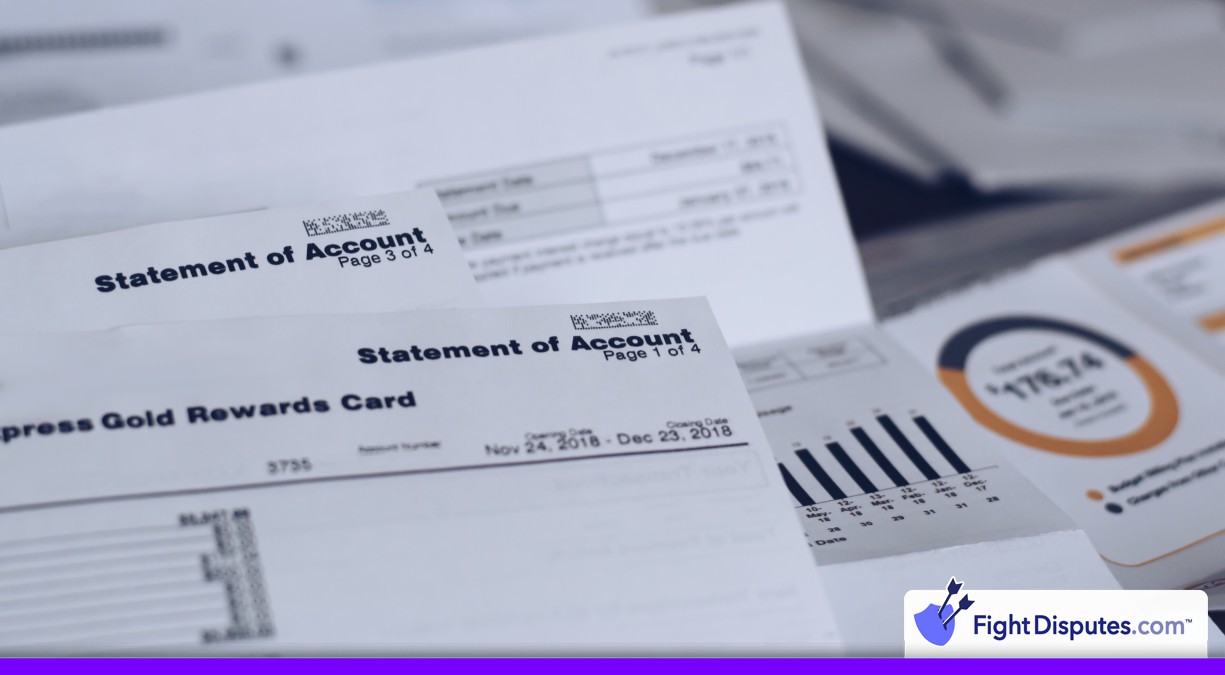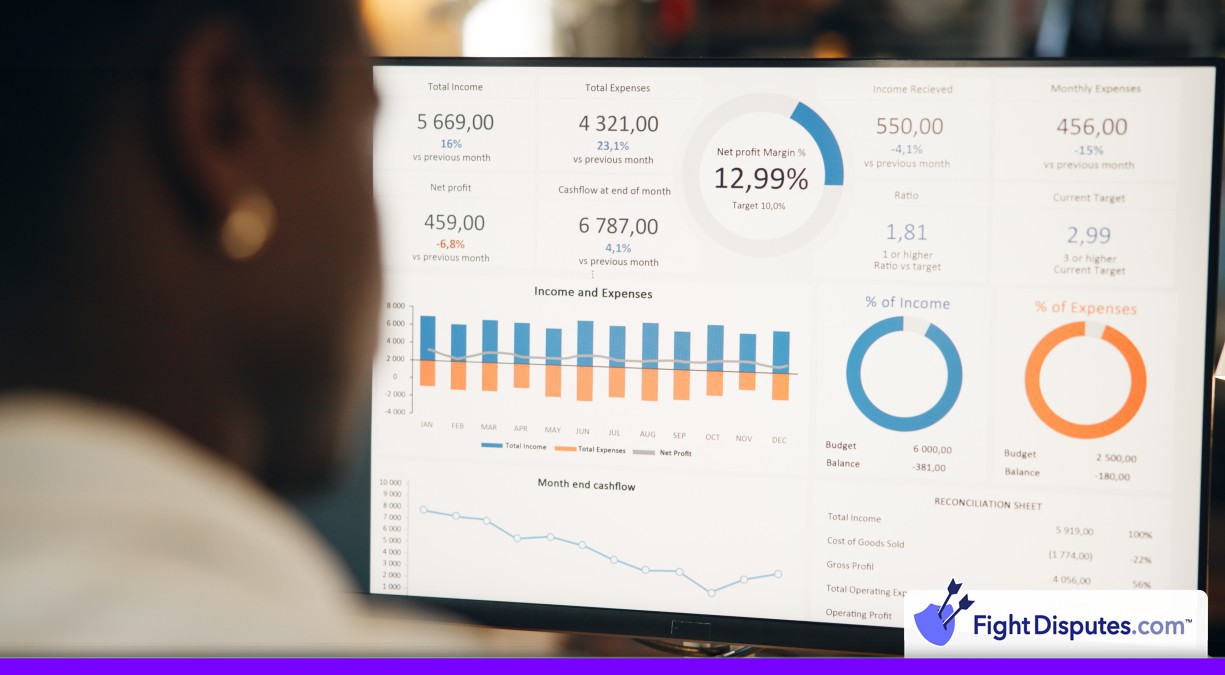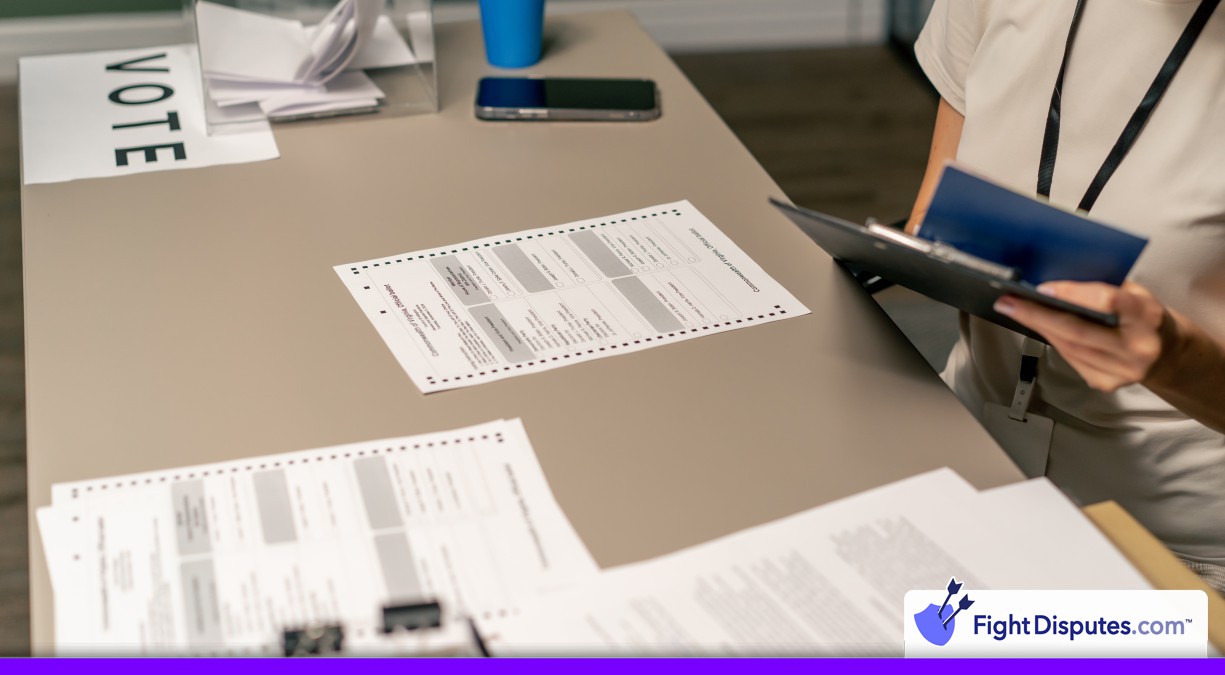AW: Altered Amount
Discover’s “AW” (Altered Amount) chargeback code is triggered whenever the final amount that shows up on a customer’s statement is different from what they originally agreed to pay.
Most AW disputes happen because of manual entry mistakes – it’s also the case when it gets busy and staff rush through transactions. Restaurants run into problems when they calculate tips wrong or add service fees without telling customers first. ATM machines that dispense the wrong amount of cash (or any situation where the final charge is changed after the customer has already okayed it) are examples of what sets off an AW dispute.
Cardholders have a full 120 days to find these billing problems and file a dispute and this gives them time to go over their statements line by line. Merchants have only 30 days to respond once they receive the chargeback.
How It Works
When a cardholder sees a charge on their statement that doesn’t match what they actually paid, the whole dispute process kicks into gear. Say they paid $50 for dinner at a restaurant but when they check their credit card statement later, it shows $500 instead. That one extra zero makes a pretty big difference in anyone’s budget so they contact Discover to report the error.
The cardholder then calls their bank representative and walks them through what happened. They explain how much they actually spent versus what showed up on their statement. Discover looks at the information and decides if the situation warrants a chargeback. When the amounts obviously don’t match, they’ll slap an AW code on it and reverse that charge back to the merchant.
Merchants have to watch their authorization and settlement amounts closely. The amount authorized when a transaction first goes through has to match what gets settled later on. Gas stations run into problems all of the time – they might authorize $100 on a customer’s card but the customer only pumps $40 worth of gas. If they accidentally settle for that full $100 instead of the actual $40, they’ve just created a chargeback situation.
Restaurants face this same problem every day because of how tipping works. The first authorization goes through before the customer has a chance to add their tip to the bill so they have to adjust the final amount to include whatever tip was left. Just one wrong keystroke during the final settlement can come back weeks later as an AW chargeback.
ATM transactions and manual card entry create these same kinds of problems. These payment methods need extra care because even small mistakes can turn into disputes fast. The hard part is that chargeback notifications don’t arrive until weeks after the original transaction happened. That makes it much harder to remember what went wrong in the first place.
Example Scenarios
Manual entry mistakes become a bigger problem when everyone’s rushing to stay on pace during the busy periods. A cashier at a hardware store might accidentally type $89.99 instead of $8.99 for a basic pack of screws when there’s a line of customers waiting. The customer won’t catch the error until they’re going over their monthly statement later, and by then your receipt printer has probably run out of paper anyway.
Without that receipt, there’s no evidence to manage the dispute.
Service fees can become a big problem if you’re not careful about how you work with them. Your auto shop can add a disposal fee to every oil change. But the sign explaining this policy is tucked away somewhere that customers barely see. A customer agrees to a $39.99 oil change over the phone, then sees a $47.99 charge at the checkout. Even if you mentioned the extra fee as they were waiting in your lobby, they’re going to feel like you weren’t upfront with them. Without the written proof that they agreed to pay the full amount, you’ll lose that chargeback dispute every time.
ATM operators face their own version of this problem when the machines malfunction and dispense the wrong amount of cash. A customer requests $200 but only walks away with $180 because a couple of bills got jammed inside the machine. Your security footage might show them standing at the ATM. But it can’t prove the precise amount of cash that came out of the slot.
How it Affects Chargeback Prevention
These AW chargebacks can snowball into a much bigger problem for your business pretty fast and each separate dispute actually counts against your chargeback ratio. Discover watches this number very closely.
Once your ratio climbs too high, then you’ll wind up in their merchant review program – and you don’t want that. The fees alone can drain thousands of dollars from your account month after month. Discover might shut down your merchant account when this problem doesn’t get fixed fast enough. Just imagine trying to explain that to your customers when they suddenly can’t use their Discover cards at your business anymore.
You’ll wind up paying chargeback fees for every dispute (those fees usually run anywhere from $20 to $100 per case) and the time that your team will spend trying to pull together evidence and fight these cases.Most merchants never actually win these disputes anyway since the customer usually has pretty solid proof that the amount that was charged was different than what they expected to pay.
The part that hurts about this whole situation is that these chargebacks are usually pointing to deeper problems with how you’re processing payments in the first place. Maybe your checkout system doesn’t show customers the final price before they finish their order. Or maybe your recurring billing descriptions are confusing customers about what they agreed to pay for each month. Fix these root problems and you’ll watch your dispute rates start dropping.
Requirements and Timeframes
Discover gives you 120 days from the transaction date to respond to an AW chargeback. That might feel like enough time but paperwork can disappear quickly. When Discover sends you a retrieval request first, you get an extra 30 days on top of the original deadline.
This is where most merchants are hurting themselves. They wait until the last minute to collect their evidence and then find that half of their records are missing or incomplete. Hang onto your transaction records for at least 13 months – the signed receipts and the full transaction logs that show what the customer approved and when.
The laws for records are strict as well. Discover wants to see the original receipt with the customer’s signature if you still have it. They also need your transaction logs that show any amount changes and the exact second they happened. More than anything else, you need written proof that the customer approved any price adjustments or changes to the original transaction.
Retrieval requests need your attention immediately – they can stop a chargeback before it even starts. Discover asks for transaction information because they’re trying to clear up something with the cardholder. A quick response with the right paperwork can end the dispute on the spot. Ignoring the retrieval request or answering late almost guarantees a full chargeback afterward.
Discover can ask for records on any transaction within that 13-month window so keep your records organized.
Frequently Asked Questions
What's the difference between Discover code AW and code AA?
With an AW dispute at least you have one advantage working in your favor - the customer acknowledges that they did business with you. They're not questioning if the transaction happened at all - they're disputing the final dollar amount on their statement. AA disputes are much harder because customers are saying that they have no idea who you are or why you charged them anything. These two chargeback types need their own strategy and record-keeping if you want any chance of winning the dispute.
Even innocent mistakes made by your staff members can trigger these AW chargebacks. Everyone makes errors from time to time and sometimes hits the wrong keys as they're entering payment amounts into the system. You can drastically cut down on these types of errors with a few preventative steps.
Train your team so they always check each amount they enter before they process the payment. EMV chip readers are much safer than manually typing in numbers, so you should also use those when you can.
Keep track of your training steps and complete records showing which employees learned what and when they completed their training. You should also set up a system for correcting mistakes immediately once customers bring them to your attention.
What evidence wins an AW chargeback dispute?
Altered amount disputes show us something about how customers and merchants can remember the same transaction differently. Most of these problems could be avoided with clearer early communication and records throughout the payment process.
A strong defense for these disputes means that you collect your best evidence - signed receipts with the correct amount, transaction logs that match what was authorized and any written agreement that covers changes to the original sale. ATM-related disputes work a bit differently - camera footage and withdrawal logs are the most reliable proof of what happened. What matters is evidence that plainly shows that the customer agreed to the exact amount you charged. Verbal agreements may feel very strong but they won't hold up when transactions get contested - you need something in writing to make your case stick.
Merchants have as much as 120 days from the original transaction to answer these chargebacks, with another 30 days if a retrieval request pushes the timeline out further. Still, replying faster can improve your odds of success and waiting until the last minute can put you in danger of losing important evidence or paperwork. Each step in the dispute process comes with its own shorter due dates, so you need to track every deadline in an organized system to protect your business.
 Call (844) NO-DISPUTES
Call (844) NO-DISPUTES




